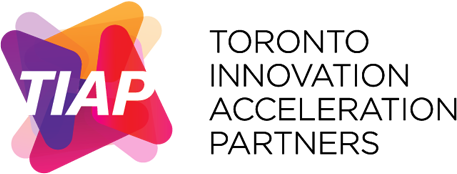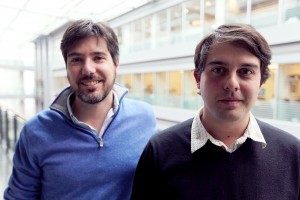Globe and Mail features UTEST company eQOL’s home dialysis technology
 “When Binh Nguyen, then a graduate student in biomedical engineering at the University of Toronto, was working in the renal engineering department of a local hospital, he was struck by what he felt was a suboptimal setup for dialysis treatment,” writes Jordana Dixon in “Health startup helps patients become more independent,” for the Globe and Mail on April 13, 2015.
“When Binh Nguyen, then a graduate student in biomedical engineering at the University of Toronto, was working in the renal engineering department of a local hospital, he was struck by what he felt was a suboptimal setup for dialysis treatment,” writes Jordana Dixon in “Health startup helps patients become more independent,” for the Globe and Mail on April 13, 2015.
eQOL Inc. is a University of Toronto and MaRS Innovation start-up company that participated in and graduated from the University of Toronto Early-Stage Technology (UTEST) program’s second cohort.
UTEST is currently accepting applications for its fourth cohort.
Here’s an excerpt from the article:
Taking these complications into consideration, Mr. Nguyen envisioned an all-encompassing lateral system that would optimize the process of in-home dialysis utilizing technology, but most importantly, improving patient experience.


